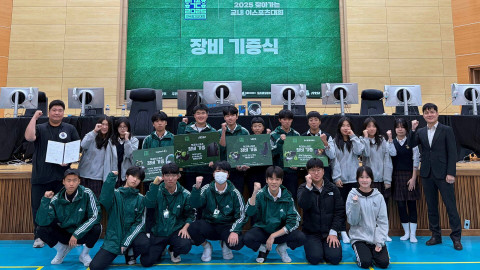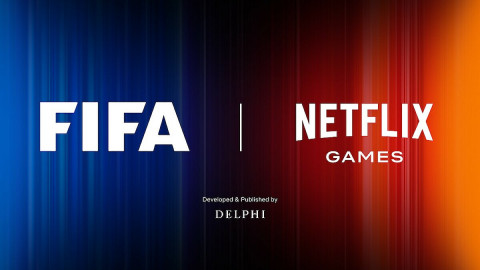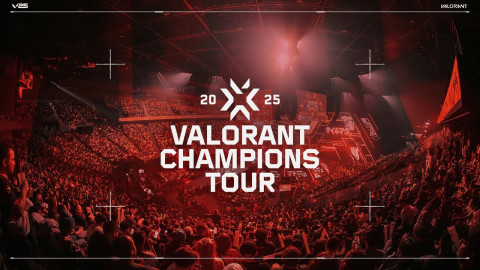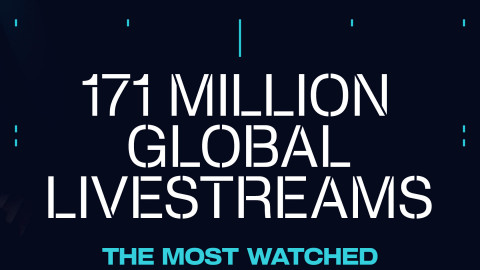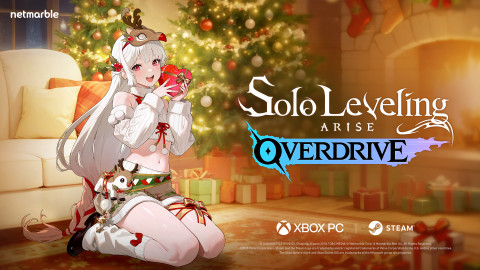
Disclaimer : The following article was written freely based on the author's opinion, and it may not necessarily represent Inven Global's editorial stance.
Earlier this week, Nintendo finally announced what we all knew was inevitable – the Super NES Classic will be arriving in September as the second system in a line of plug-and-play devices that come pre-loaded with the company’s acclaimed games. The lineup, which includes titles like Contra III: The Alien Wars and Super Metroid, is truly impressive, and it will also contain the previously unreleased Star Fox 2, which had sat in Nintendo’s vault for more than 20 years. Nintendo promises that it won’t repeat the mistakes of last year’s NES Classic, and that there will be “significantly more” of the console available, but pre-orders have already sold out at some retailers and it’s unclear if even the most dedicated fans will be able to get their hands on the system.
Aside from the allure of owning a Super Nintendo that’s small enough to jam in your pocket – and it is tempting on that alone – the SNES Classic gives a new generation of players a chance to try out games that have not only aged wonderfully, but were hugely influential on future designers’ work. With the recent success of Mario Kart 8 Deluxe on the Switch, the SNES Classic will let players experience the original, possibly for the first time, and the entire package costs just $80. If they can’t find one, though, Nintendo needs to have another option for getting these games into the hands of new players. They could easily be bundled together and sold on the Nintendo Switch’s Virtual Console service, but there’s a small problem: the Switch doesn’t have one yet.

It’s unclear why Nintendo decided that the Switch didn’t need to have a Virtual Console ready day-and-date with the launch of the system. A staple of the Wii, Wii U, and even the 3DS, the Virtual Console enables you to easily, and cheaply, purchase a library of games from Nintendo’s previous systems, and experience them with the addition of save states so you don’t lose track of your progress. The 3DS is, of course, the only one of the three systems that is portable, but only “New 3DS” units are able to run Super Nintendo games on the Virtual Console. The Switch would change that, giving players the ability to run games like Super Castlevania IV in a crisp resolution on their television, or take it on the go for convenient play sessions wherever they happen to be. Should the SNES Classic truly sell out by the end of 2017, the Switch Virtual Console could even sell a special bundle containing all of the games included with the plug-and-play system, softening the blow for those who couldn’t snag one.
Some of the games included with the SNES Classic are ludicrously expensive on the resale market. Earthbound, a role-playing classic that finally made its way to the Wii U and New 3DS stores last year, will set you back at least $40 for the Super Nintendo physical cartridge. For those returning to Nintendo for the Switch after skipping out on the Wii U, there really isn’t a good way to purchase Earthbound right now. Even launch title Super Mario World costs about $20. It doesn’t take too much addition to figure out how much more expensive this will be for those who can’t grab the SNES Classic.

The real tragedy, however, is Star Fox 2. The game was nearly finished when Nintendo made the decision to cancel it in 1994, and the company even allowed developer Argonaut Games to complete it after the decision had been made. It sat untouched for decades, though almost-complete versions of the game of nebulous legality have been circulating for years. In its place was Star Fox 64, often regarded as the best game in the series, but Fox McCloud’s team didn’t receive the same acclaim in the next few years. Star Fox Adventures and Star Fox Assault took the series into odd new directions that classic fans weren’t interested in, and a steep quality decline followed with Star For Zero on the Wii U.
Releasing Star Fox 2 to a wide audience – not just the SNES Classic buyers who have probably already tried it out on an emulator – could reignite interest in a franchise that has oftentimes been ignored or mistreated by Nintendo and its third-party development partners. It could remind Nintendo that what players care about the most is the Star Fox series’ intense spaceship action, not the on-foot exploration and gimmicky motion controls that have been slapped on it in recent years. Its success could pave the way for future “traditional” Star Fox games to finally push the story forward, instead of simply retelling the first chapter again – the original game, Star Fox 64, and Star Fox Zero are all essentially different takes on the same exact plot.

But why has Nintendo dragged its feet? Wouldn’t a Virtual Console be a huge selling point of such a virtual game console? Though it’s still entirely possible that the Switch will get a full-featured Virtual Console in the future, I see two reasons for the delay. The first, as others have mentioned, is the upcoming Nintendo Switch Online service. For $20 per year, a subscription will give members unlimited access to a library of classic Nintendo games, available with added online support.
Being able to purchase classic games on their own could limit the appeal of the service, but there’s a second reason why Nintendo might be hesitant to launch the Virtual Console. When the Switch released in March, it came with new games like Puyo Puyo Tetris, Super Bomberman R, and Ultra Street Fighter II: The Final Challengers. Street Fighter particularly worked to capitalize on players’ nostalgia for the games they played 25 years ago, but for $40, its major additions were graphical improvements and a horrid motion-control mode. Just $10 can buy a used copy of Street Fighter II on the Super Nintendo right now, and one would imagine that a Virtual Console version would be priced similarly. Until sales of the “new” game die down, selling the older game at a lower price could seriously cut into publisher Capcom’s profits.
Nintendo can’t expect for the Switch’s success to continue at the same rate it’s currently experiencing. The company needs to, for once, take consumers’ feedback into account in order to improve the user experience and keep players coming back over time. A Virtual Console certainly isn’t the only thing that will make this happen, but it would be an excellent start. If you’re like me, the Switch is becoming your platform of choice. Nintendo just needs to give us a reason to keep choosing it.

Sort by:
Comments :0


